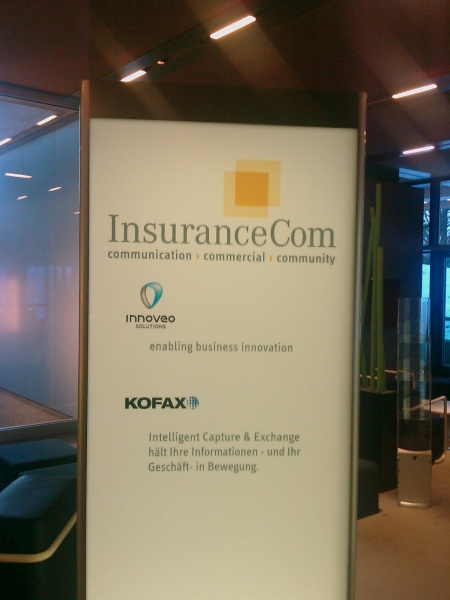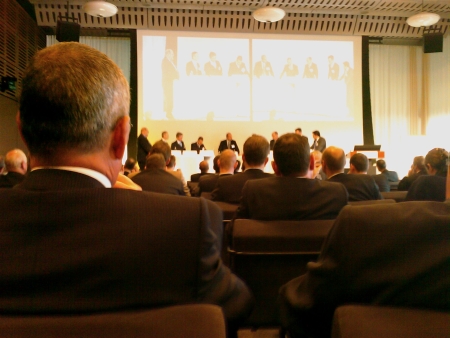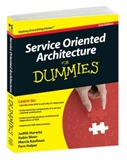via Judith Hurwitz
Judith is discussing the difference between a good and a great software company.
Interesting insights!
1. Great companies start with a predictable business model and turn the model upside down. They look three years ahead and experiment with innovation. They have to have a combination of intuition, risk, and innovation. These companies are willing to take enough risk to win big but smart enough to know the difference between great opportunities and pipe dreams.
2. Great companies find new areas to position themselves for leadership. This is very tough to pull off. The area has to be important enough for the market to pay attention to but not too big that they look silly. Great companies never try to take a big existing market with established leaders and try to claim primacy.
3. Great companies build great relationships. Management at these companies builds an ecosystem of influencers including great customers who will talk about the value, press, analysts, and partners who together help the company create a persona of innovation and greatness while the company is still building.
Great software companies are complicated to build. The software business a complicated and brutal with lots of failures at every turn. […] It isn’t easy. Great software companies are even more difficult and scary to build.








